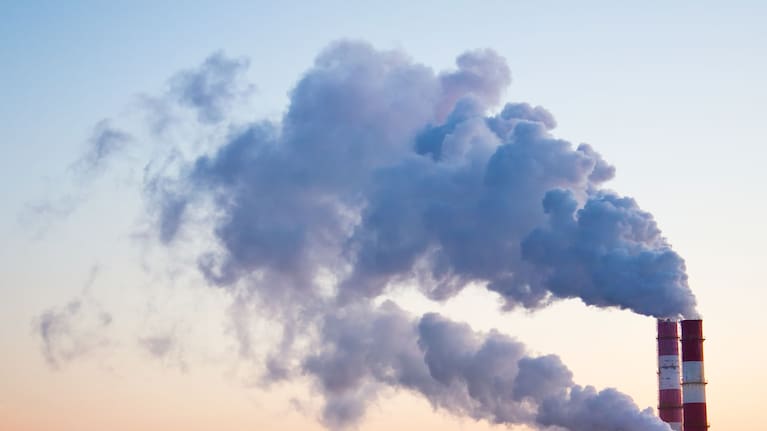The Covid-19 lockdown and border restrictions saw New Zealand’s greenhouse gas emissions drop to the lowest yearly amount in at least seven years.
New figures from Statistics New Zealand show emissions fell 4.5 per cent in the year to the end of March this year, to 80,552 kilotonnes of greenhouse gasses.
That followed a high of 84,367 kilotonnes the previous year.
With travel restricted, emissions from the transport, postal and warehousing industries dropped by 49 per cent.
The public’s emissions dropped during the lockdown last year to the lowest amount since Stats NZ started recording quarterly emissions in 2014, but then rose to a new high by the end of 2020.
“With international borders closed and overseas travel restricted, households’ use of road and domestic air transport picked up following lockdown, increasing their emissions in the September and December 2020 quarters,” Stats NZ environmental accounts manager Stephen Oakley stated in a press release.
“If you look across the lockdown period… for that quarter our emissions reduced by 7.6 per cent.

“To climate scientists, that’s quite a special number because the stated goal of our Zero Carbon Act is to do our bit to keep Earth’s temperature exceeding one and a half degrees C as part of the Paris Agreement,” NIWA principal scientist Dr Sara Mikaloff-Fletcher said.
She said that amount of reduction needs to be achieved every year for the rest of the decade by all countries to avoid exceeding the 1.5 degree Celsius threshold, a global target that nations have agreed to aim for as a warming limit.
“If you knock traffic on the head then you can really go a long way in Aotearoa New Zealand to reducing C02 emissions, now that number doesn’t consider our other big emission which is methane so agricultural emissions didn’t change very much.”
Electricity, gas, water and waste services emissions rose 13 per cent in the past year to March 2021, with more coal being used to make power as hydro lakes ran low.


















SHARE ME